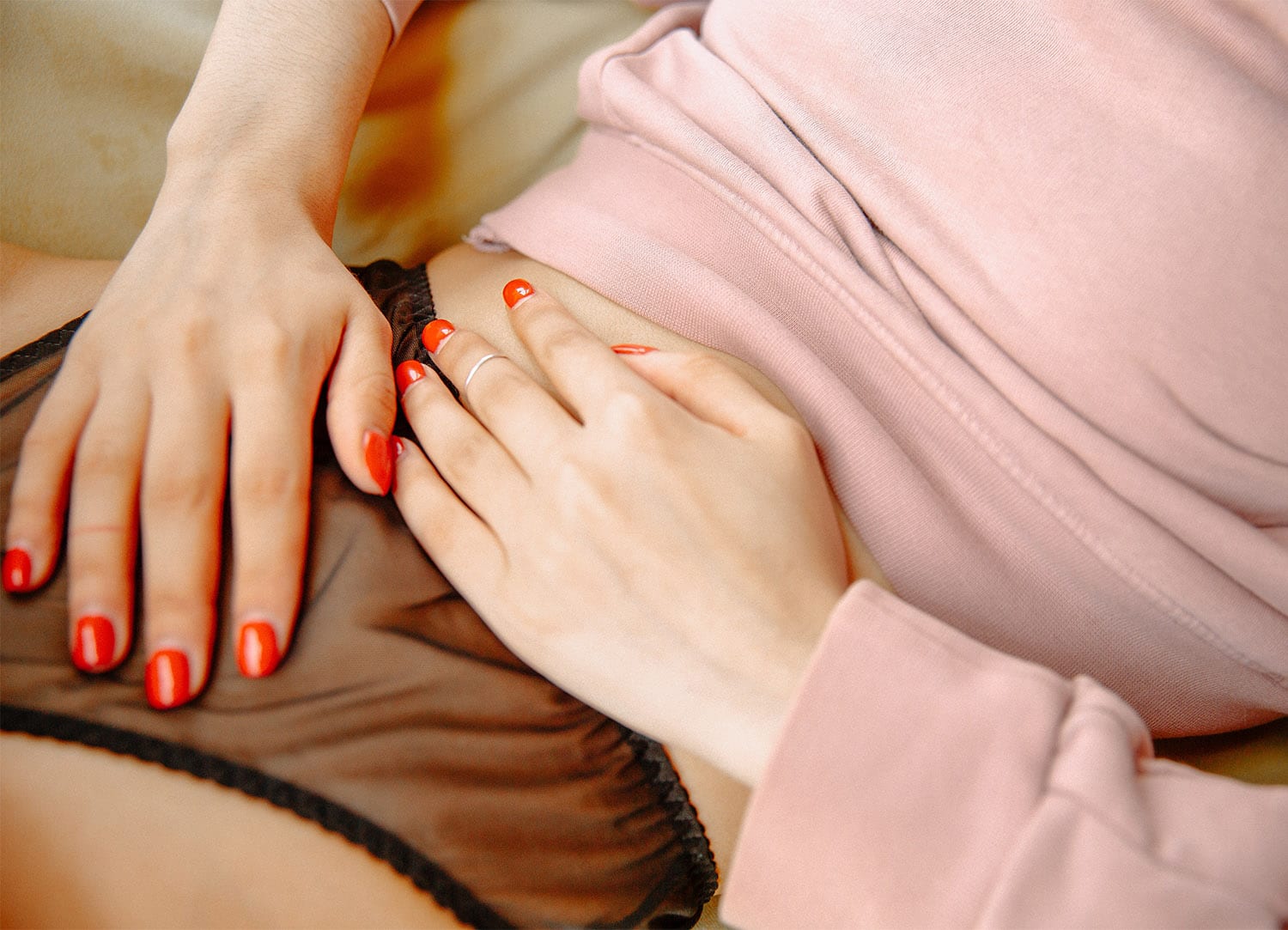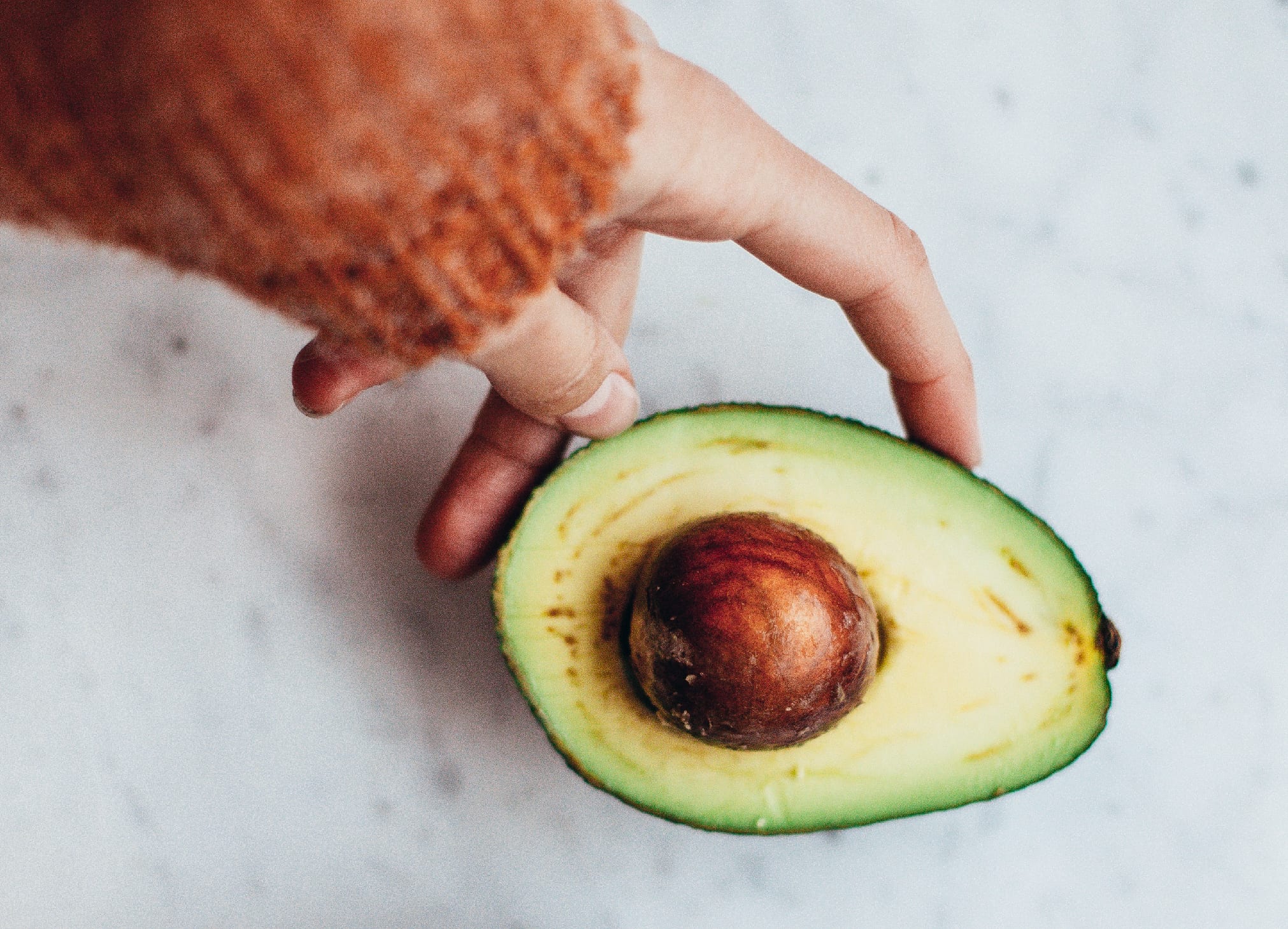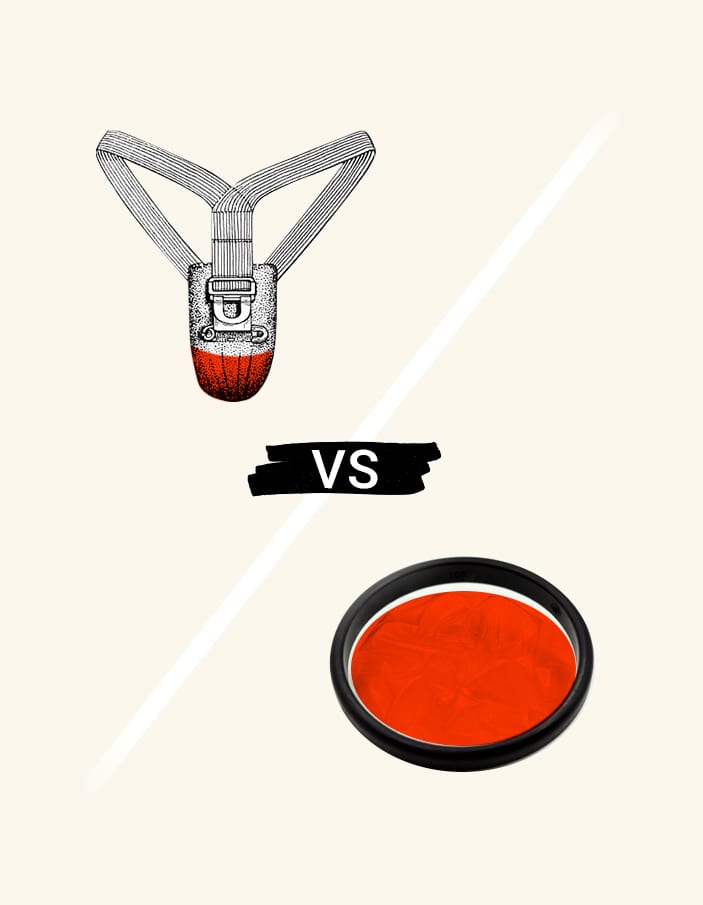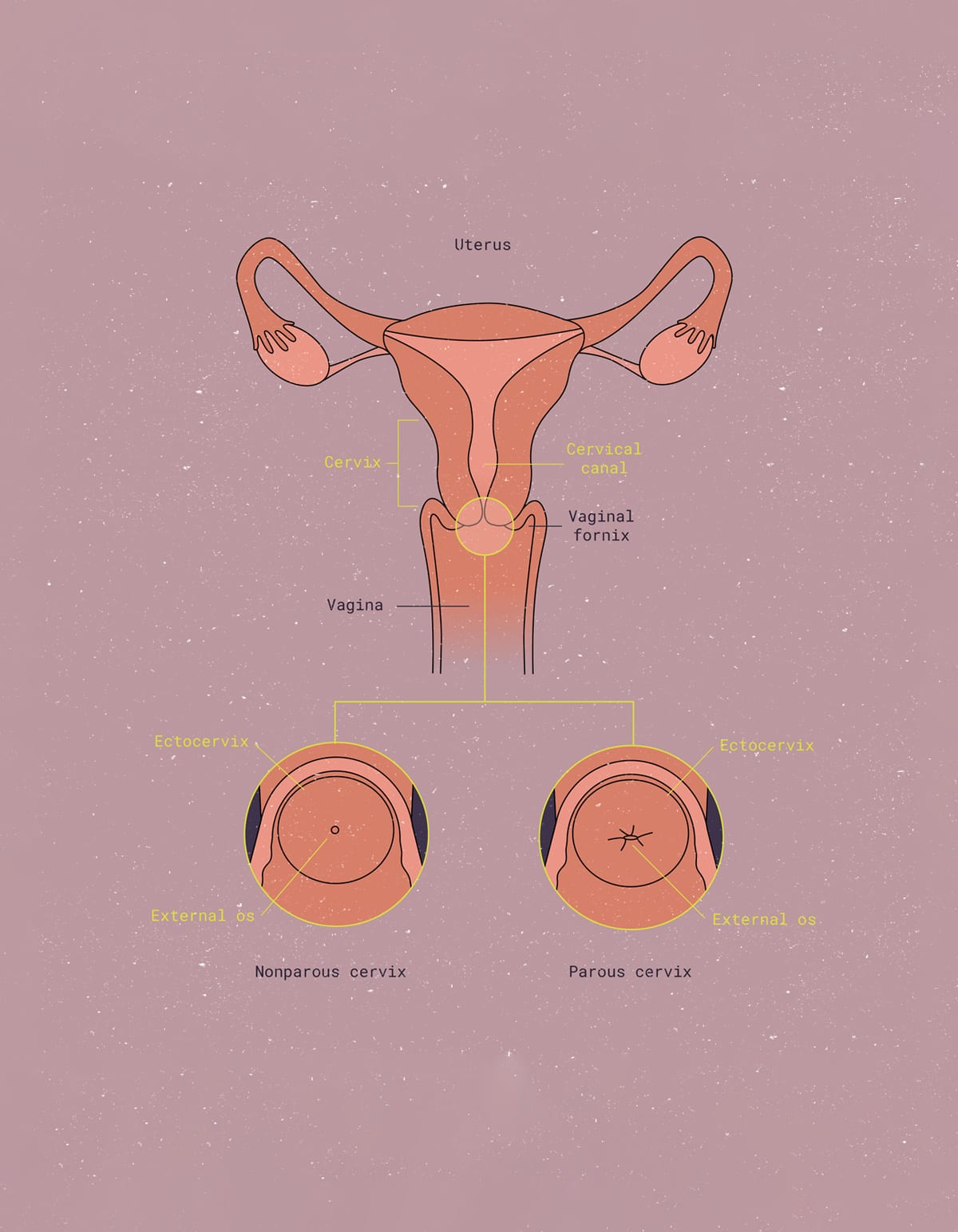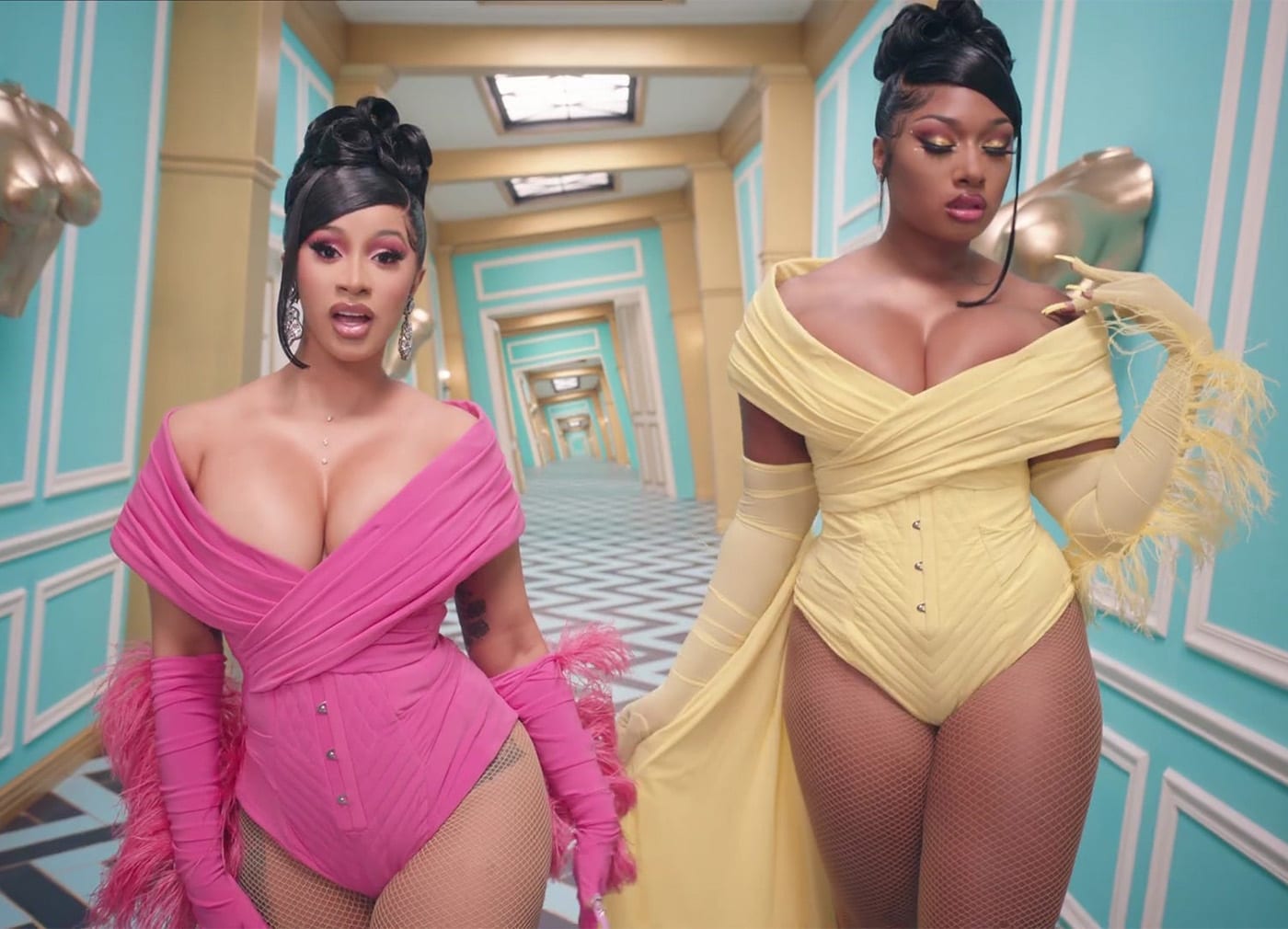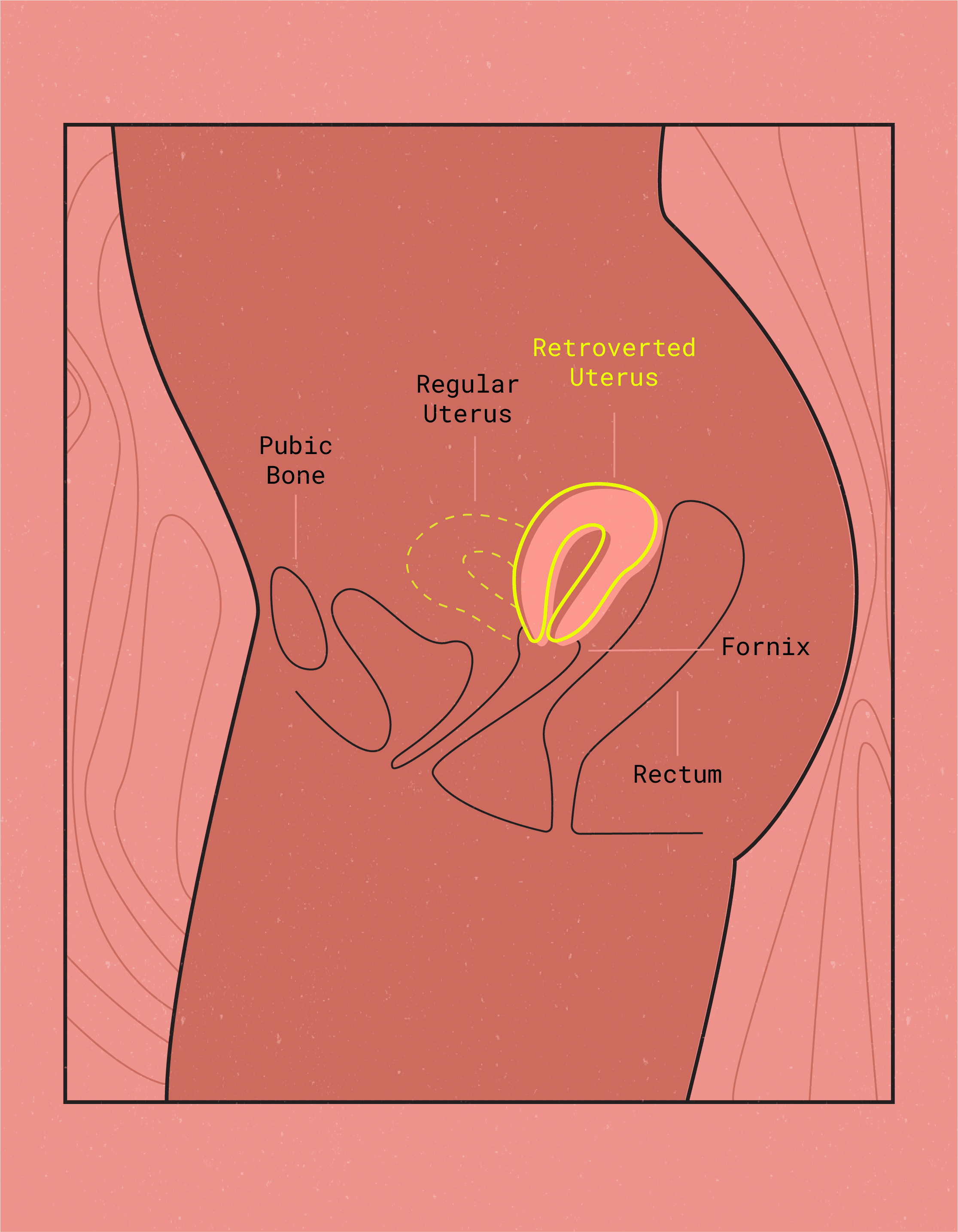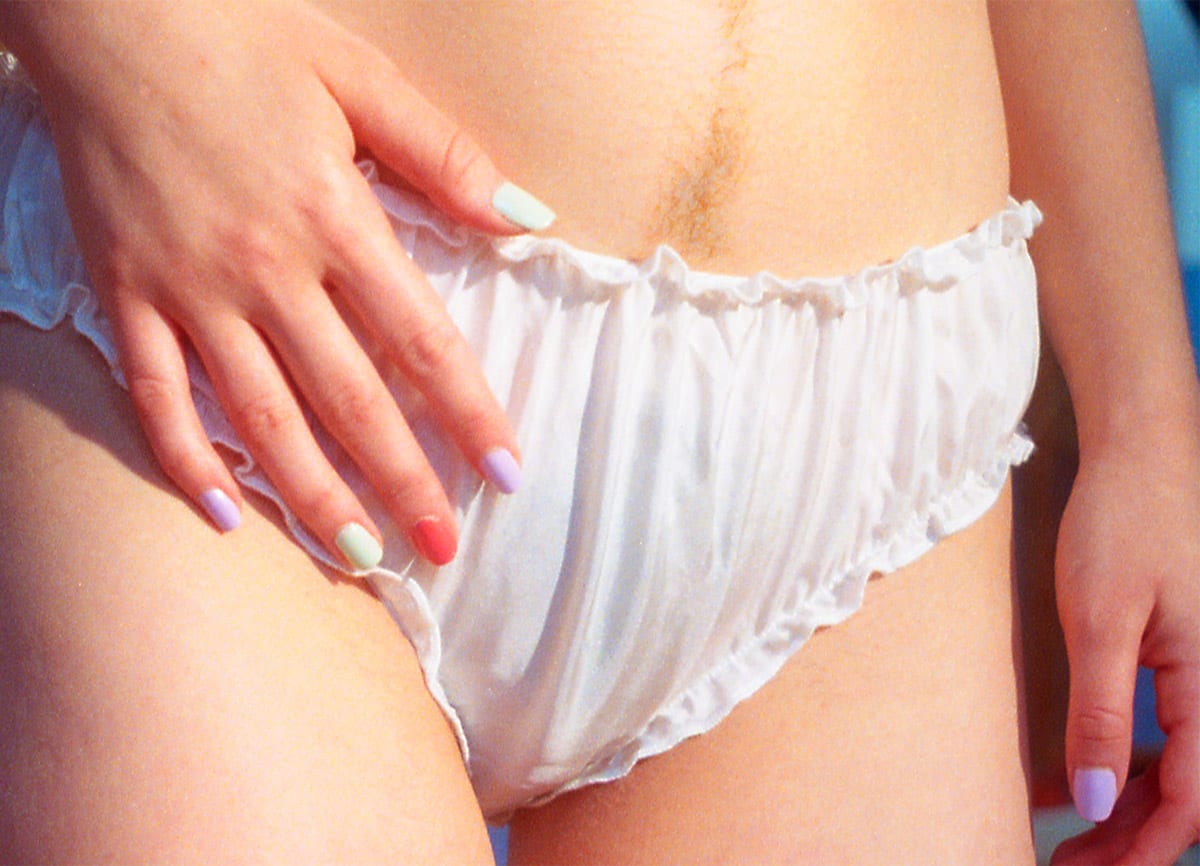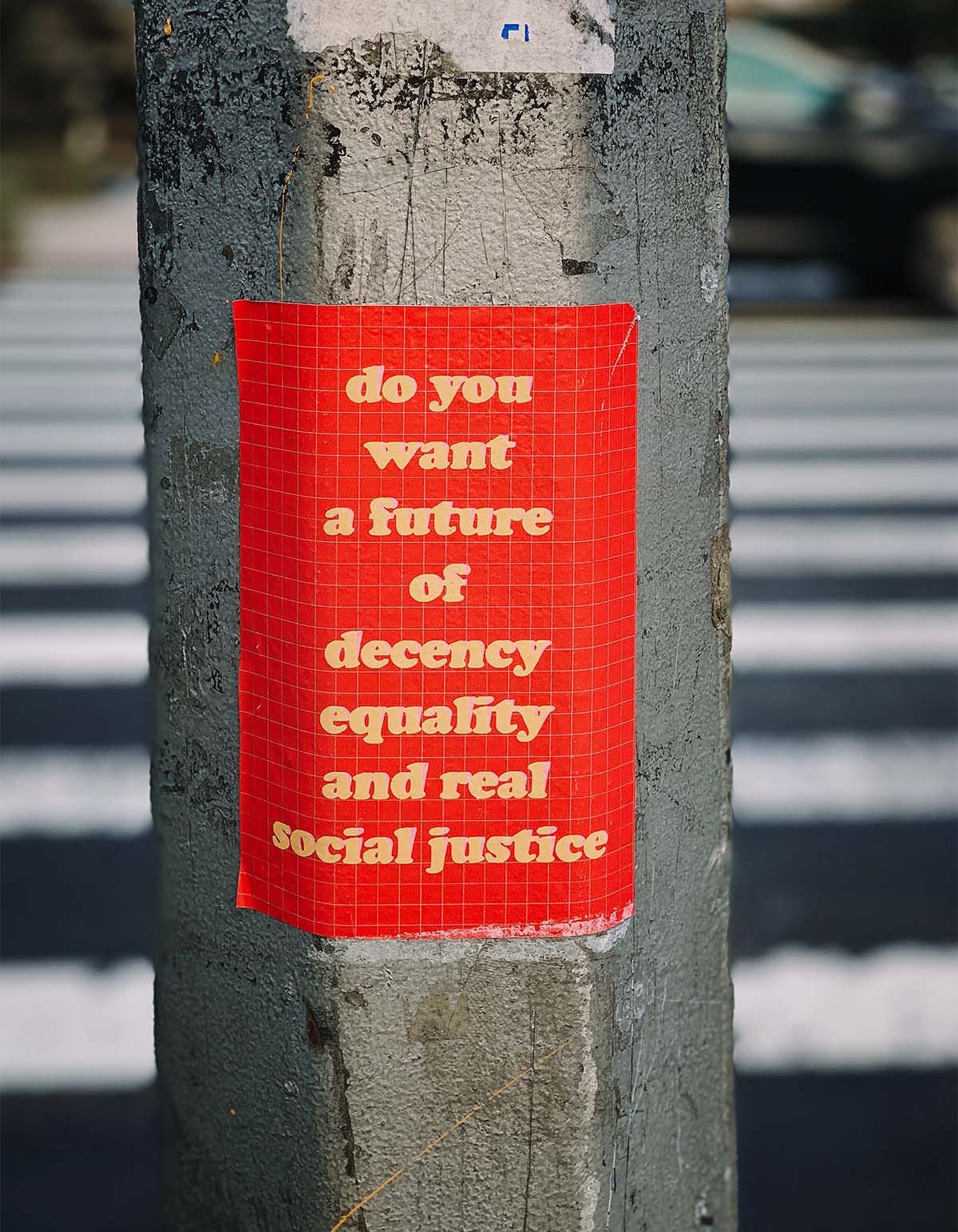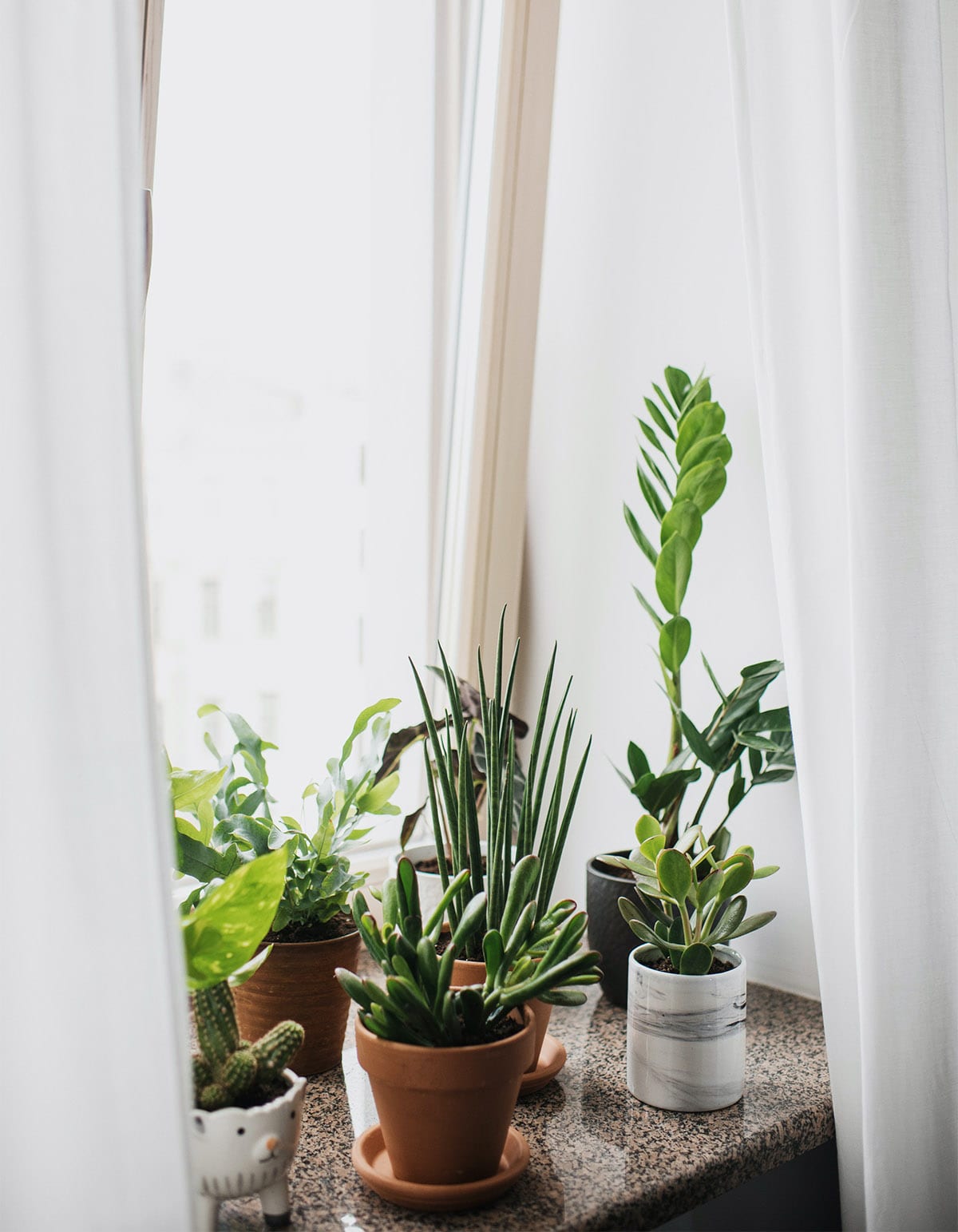How I Learned to Love My Period
Periods suck. I’m not gonna pretend they don’t. They’re painful, they’re messy, they’re inconvenient. For multiple decades, those of us with uteruses are destined to bleed out of our vaginas up to 25% of the time. We’re often shamed for this natural bodily function, and are discouraged from talking about it in public or with those who don’t menstruate.
But despite all that, I kinda love my period. To paraphrase Charles Dickens: it’s the best of my month, it’s the worst of my month. Sure, my cramps are often debilitating. But when my period comes, there’s a sense of freedom: out with the old blood, and with it, the stress I’ve held onto for the past months.
My uterus and I have a complicated relationship. I’ve decided not to have kids, so my womb will never get to show off her ability to grow a fetus. Instead, she gets to cramp and bleed and torture me every month. I’ve accepted that this is her duty. Though I must admit, as my cramps have worsened with age, I sometimes suspect my uterus is punishing me for not giving her a baby.
Since becoming more in tune with my cycle and my body in the last eight years or so, I’ve come to welcome my period. It’s like that old saying: you can’t fight City Hall…or biology. My period acceptance journey began when I attended a menstrual sponge workshop in 2013.
I had seen the workshop advertised as part of “The Yoni Series” at Homestead Apothecary, an Oakland herbal shop recommended to me by my therapist (that is possibly the most California sentence ever written). As a lover of all things vaginal—and eager for an alternative to expensive, drying tampons—I signed up.
The workshop was run by Janeen and Danielle, partners in life and business who run a menstrual sponge company called Holy Sponge. Both women astounded me with their kindness, warmth, and beauty. Though I knew no one and attended alone, I felt immediately comfortable. Janeen described the first time she used a menstrual sponge, how the warm sponge eased her cramps. She called it “a spa for my pussy.” I was mesmerized.
She went on to tell us how each month we bleed, we are literally shedding our experiences of the past month. Menstruation as a metaphor for shedding the pain and stress of each cycle was new to me. I had only ever thought of menstruation as a monster occupying my vagina each month, a necessary evil to be dealt with, then ignored as much as possible. Now I sat before two women who declared that menstruation was sacred and beautiful, that it could even be healing.
I want to go there, I thought eagerly. In fact, I was so excited to try my sponge, I got my period the very next day, a whole week early. My uterus was listening in the workshop, and she wanted in.
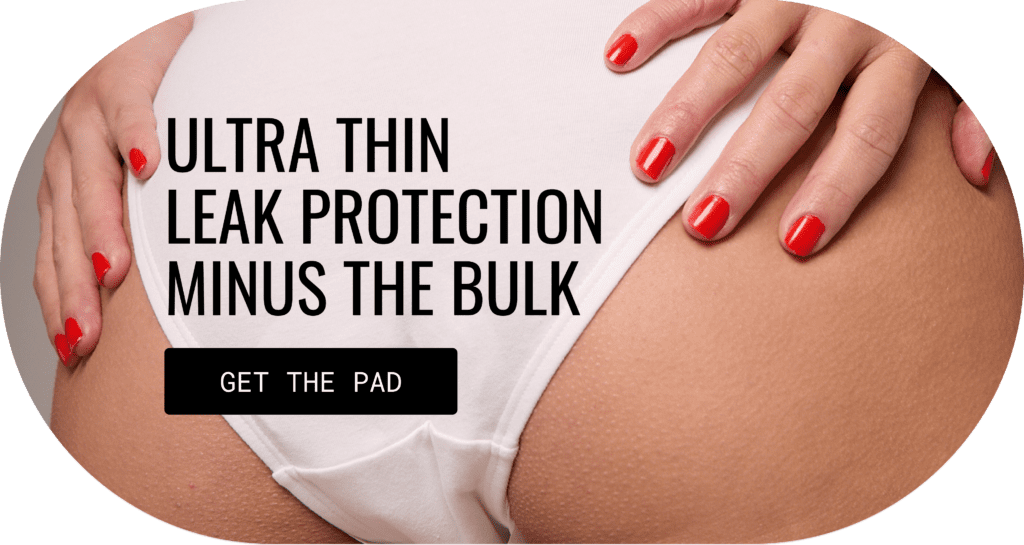
Since the sponges are inserted and removed by hand (i.e. no strings), that meant I had to get very intimate with my menstrual blood. To get a sponge inside me, I had to soak it in warm water, squat down, and insert it deep into my vagina so that it rested against my cervix.
I was surprised to find I liked that part. Squeezing the sponge, watching my blood run down my hand and into the sink, seeing and feeling the product of my womb: it was liberating. Instead of being grossed out, I was fascinated.
I’d never liked tampons. They scraped my delicate vaginal walls, except on the heaviest flow days. The act of pushing a plastic or cardboard applicator inside me always felt overly sanitized. Tampons let you hide your blood and avoid dealing with it directly. Sponges forced me to confront my blood.
The sponge workshop gave me permission to stop shoving bleached cotton inside my most intimate organ. It had never occurred to me that I didn’t have to use tampons. I thought it was just what adult women who wanted to get on with their lives did.
I have now been tampon-free for seven years. If I had a period emergency, I would choose bleeding into a wadded up handkerchief before I’d ever use a tampon again. (I’d like to clarify that I am not shaming tampon users. They are a convenient invention and for many folks, the right option. If tampons work for you, that’s awesome! They just don’t work for my body. As Amy Poehler says, “Good for her, not for me.”)
After reading about a free period tracker on a feminist blog in college, I started tracking my period. I now have 13 years of personal period data to draw from.
Looking back at this record, there are many instances of a very late or very early period. Each time corresponds with traumas and major life changes. It’s proof of how much my life and emotions influence my cycle. It’s sacred knowledge to me, and I am thrilled to have this record.

I still remember, with anger, my bisexual then-girlfriend and a straight friend making fun of me for tracking my period. “What’s the point? She doesn’t even sleep with men!” The implication was only straight women need to bother with period tracking, that the only useful information a period gives you is that you’re not pregnant.
But a period provides so much more knowledge than the relief of not being pregnant. I identified as a lesbian for most of my life, and never had sex with a man until I was 30. It turns out I’m actually bisexual, but that’s a story for another time. For a long time, I felt disconnected from straight women. Since I had never had a pregnancy scare, what was even the point of bleeding?
The possibility of pregnancy felt like this special part of womanhood that I was barred from. I had internalized that periods were only about reproduction. A brand new, bloody world was opened up to me from that beautiful menstrual sponge workshop. I will always be grateful to Janeen & Danielle for showing me that bleeding is about so much more than babies (or the lack thereof).
As my twenties wore on, my barely-bearable cramps gradually became unbearable. Each month I was forced into bed for days, a heating pad glued to my belly, switched to the highest setting. More than once, my partner woke me to tell me I was crying in my sleep. Just when I was starting to embrace my period, it betrayed me with agonizing pain. So I started considering hormonal birth control options to stop my period.
When I started dating a man for the first time, I decided it was time to try a hormonal option. Having only dated and slept with women up until then, I was convinced my uterus would seize this opportunity and find a way to get pregnant. The option to both stop pregnancy and my period sounded magical. So I had a Mirena I.U.D. inserted.
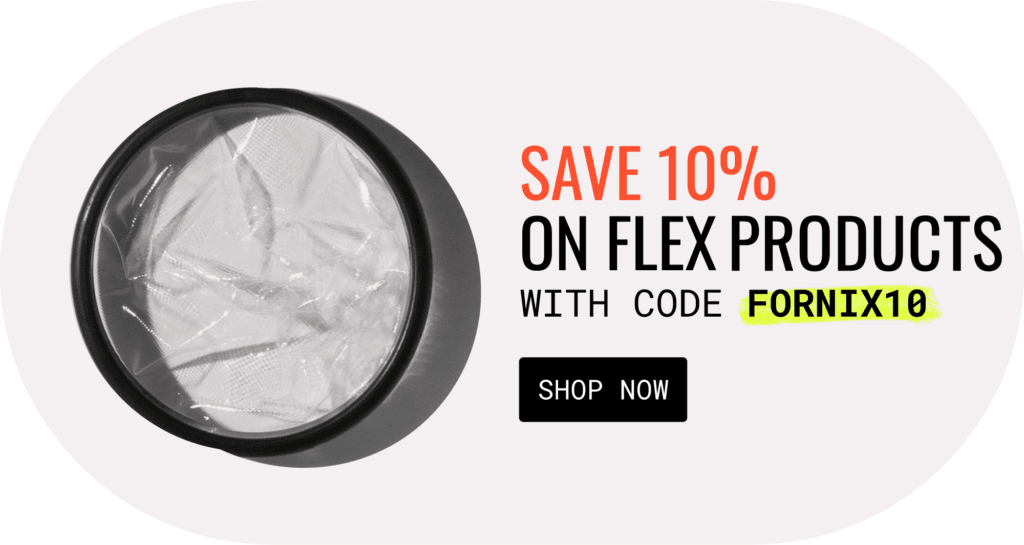
The insertion was torture. At the time, I.U.D.s were technically only FDA-approved for people who’ve already given birth; my I.U.D. was considered an off-label use. My cervix had never had babies pass through it, only blood, and it did not appreciate the rod that was shoved through it to measure my uterus. “Seven centimeters, average uterus,” the Planned Parenthood doctor declared. I was bummed that I endured all that pain just to find out my uterus is only average.
The I.U.D. caused intense pain that began upon insertion and didn’t stop until I had it removed five months later. It indeed stopped my period, which was my goal. I no longer bled, aside from some spotting. However, I still had PMS, sore breasts, and even worse cramps. The cramps morphed from monthly to daily: the pain shooting from my uterus and down my legs, where it settled in my feet and hurt with every step I took.
I was surprised to find I missed the blood. My sponge experience had taught me to cherish and appreciate my blood; it was the cramps and PMS I hated. For five months, at my doctor’s insistence, I waited for my body to adjust. It never got better.
I was thrilled to get that cursed plastic doohickey out of my uterus. I asked if I could keep my I.U.D., and the doctor looked surprised. “Uh, no one has ever asked that before.” She asked a coworker and informed me it was against the rules. Apparently, I can leave with an I.U.D. if it’s in my uterus, but not if it’s in my purse.
She did give me an unused demo I.U.D., which I still have. I had a vague notion of using it in an art project. Now it sits in my craft box among Washi tape and sewing needles. It’s fascinating that this tiny piece of plastic can bring relief to so many, but only pain for me. For my body, there is no shortcut to ending my period pain. My only option was to accept my menstrual cycle.

After twenty-one years of menstruation, my uterus and I have reached a truce. I don’t try to fight her with hormonal birth control or denial anymore. I’ve learned how the various stages of my cycle influence my pain, my moods, my weight, and my sex drive. I plan accordingly.
I don’t necessarily love my period, but I do accept it. Actually, you know what? It’s more than that: I embrace it. I think it’s amazing that my body is ruled by this ancient biological cycle. I’m grateful to bleed each month. I use my period as an opportunity to rest and to reflect on the previous month (and as an excuse to eat ice cream).
Yes, I may endure intense menstrual cramps until menopause. I’m at peace with that. I have pain meds, various topical treatments, decadent bath bombs, and a loving husband who dotes on me and rubs my cramping belly. My uterus may cause me pain, but she’s just doing her job. I hope she forgives me for never using my uterine lining to grow a baby; we just have different priorities. Good for her, not for me.
